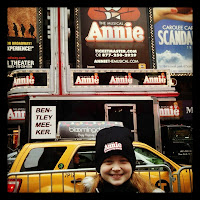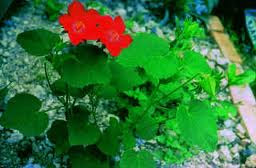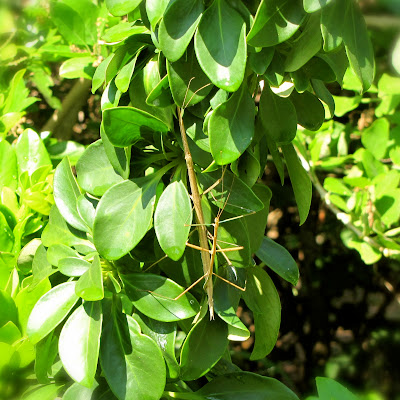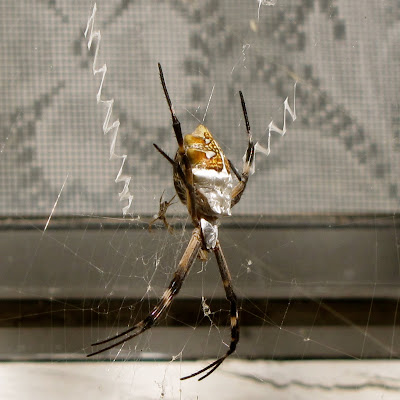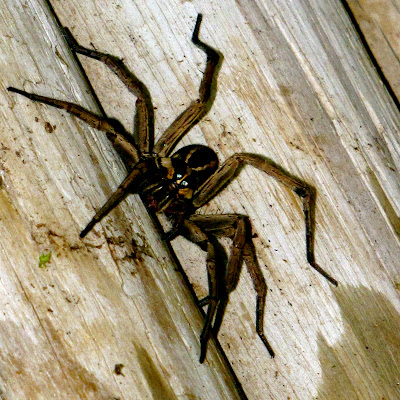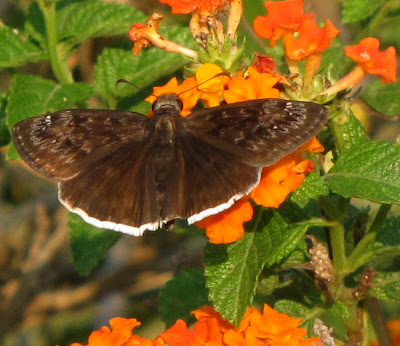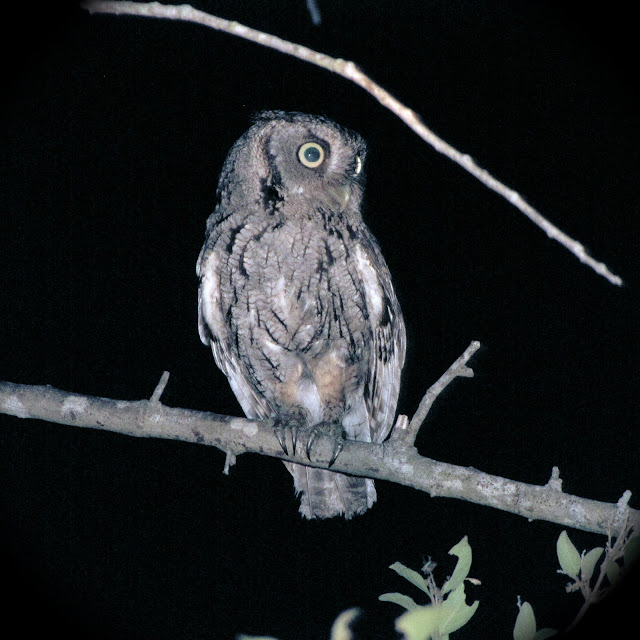I was up early enough this morning to catch one of the last sunrises of this year's Spring. Good morning from the Arroyo Colorado!
My favorite sound this morning: the twittering of Purple Martins around their house filled with hungry nestlings and busy with just-fledged flyers coming in for awkward landings. They aren't disturbed by House Sparrows taking up two of the apartments, but the Black-bellied Whistling Duck in the photo below seems to have crossed the line.
Nights have been pretty great, too, filled with the sounds of newly fledged Eastern Screech-owls, Great Horned Owls, Parauques, and mockingbirds that find the bright moonlit nights as good as any day for singing.
Look closely and you'll see the late snack the guy on the left is getting ready to devour.
All in all, this Spring has been a successful one. Already fledged from nests in or near the yard (in addition to the already mentioned screech-owls, GH Owls, sparrows, and martins) are Brown-crested Flycatchers, Golden-fronted Woodpeckers, Black-crested Titmice, Great Kiskadees, Bewick's and Carolina Wrens, Northern Mockingbirds, Northern Cardinals, White-winged and White-tipped and Inca Doves, Hooded and Altamira Orioles, Ladder-backed Woodpeckers, Collared-Doves, Couch's Kingbirds, Green Jays, Buff-bellied Hummingbirds, Long-billed and Curved-bill Thrashers, and (boo!) Bronzed Cowbirds. Many water birds from along the river and out in the bay also fly by, making this the best of birding patches. ( I feel like I should say, like academy Award winners: "and all you others I forgot to mention but you know who you are!"
Near-100 degree temperatures, hot winds, and humidity that's nearly unbearable make it seem as if Summer has already arrived, but in actuality the Soltice is not until sunrise two days hence. We'll hope for a little rain and enjoy the seasons as they come!
